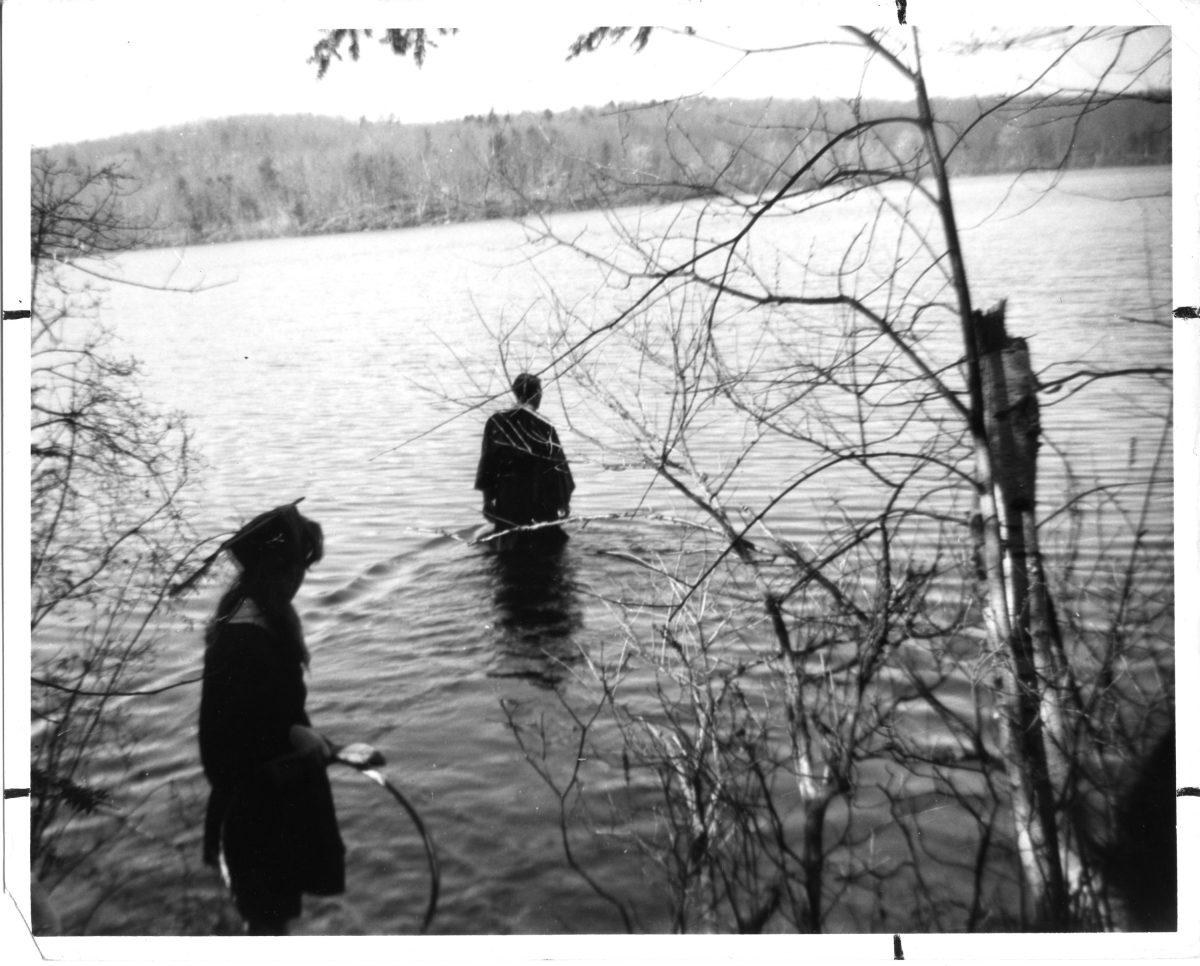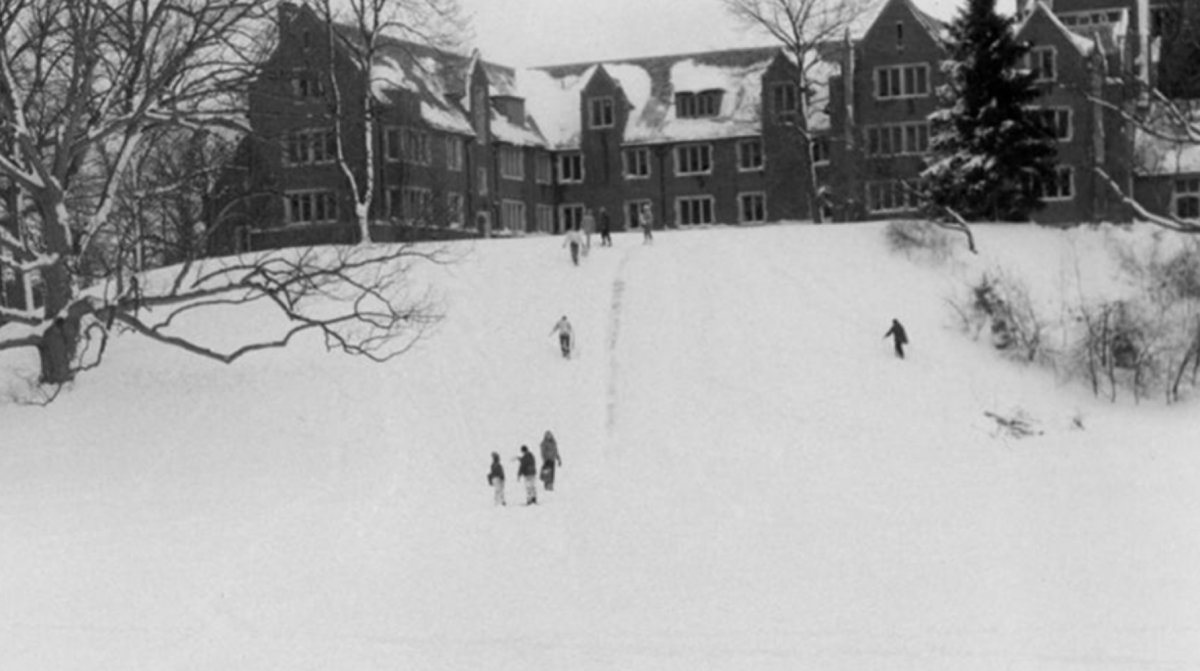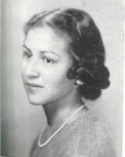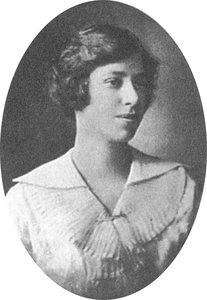The Wellesley College Archives are much more than so-called “secret warehouses,” as they are home to a wide range of materials, from old class syllabi to pictures of anti-apartheid protests from the 1980s. The most unexpected materials found within the Archives? Pictures of dogs.
“The most famous [Wellesley] dog is Siggard … Siggard is buried on campus. But the early faculty members, there was something about them and their dogs — the faculty photos were [taken] with their dogs … I think Siggard was one of the few dogs that ever went to academic council,” said assistant archivist Sara Ludovissy.
The Archives, located on the fourth floor of Clapp Library, may appear menacing with their alarmed doors and rules that staff bombard you with as you enter. But it is just the opposite, for the staff encourages anyone, not just students, to stop by anytime — with an appointment — to talk about dogs, do research for a class, uncover the history of a student organization they are particularly involved in or just to say hello. The Archives provides several services to the College including helping academic departments store active records, working with student organizations to help them archive and uncover their histories, giving advice about privacy in an increasingly digitized world and providing free scanning services of materials through Clapp’s digital librarian.
According to college archivist Rebecca Goldman, the Archives was founded in the early 1970s during the lead-up to the celebration of the 100-year anniversary of Wellesley’s founding. This milestone was around the time that people were writing a book about the College’s history, and it is common for institutions to start their archives near an anniversary because writing such an extensive historical recounting requires a well-organized archives. Prior to the founding of the Archives, materials were stored anywhere from a “treasure room” to basements or old faculty offices.
“It’s very unusual for, say, a college or a nonprofit … to really be thinking about, ‘What do we do with our records in 20 years? Fifty years? One hundred years?’ when they’re getting started, and so it’s very common for institutional archives to get started much, much later than the institution was founded,” Goldman said.
That being said, the College Archives is anything but new to the Wellesley community. Given that it was founded in the early 1970s, its 50th anniversary is right around the corner. Since then, archivists have been working to build up a record of Wellesley’s history. But, because the Archives has not always been around, there are gaps in its collection, particularly content from people of marginalized groups. The archivists are working to fix this: for example, one of Ludovissy’s historical interests is queer history, a topic that is particularly lacking in Wellesley’s Archives.
“I feel really lucky that one of my historical interests, which is queer history, is also one of the gaps in our collection, which is a negative thing but also gives us an opportunity to spend time trying to fill those gaps. Students are really interested in the queer history of Wellesley College, and so it gives me an opportunity, it’s something that I want to know more about here, to really look into records whenever those researcher requests come through, I’m really thrilled to dig in and see how we can fill those gaps … My interest aside, if there’s a hole I’m so happy to fill it, because the more of both sides we hear in our collections, the richer they are,” Ludovissy said.
The Archives team is made up of project archivist Natalia Gutiérrez-Jones, College archivist Rebecca Goldman and assistant archivist Sara Ludovissy. Interestingly enough, not all of the team stems solely from history or library sciences backgrounds. Gutiérrez-Jones has bachelor degrees in comparative literature and Spanish, and Goldman studied psychology and linguistics. Their unique perspectives and studies further enrich their work in the Archives, allowing them to forge relationships with students, study a wide variety of subjects and work in a tight-knit community.
“There’s just so many really curious and interesting people here that make the work fun … It’s cool when you’re spending a lot of time doing the processing work, and then you get to see someone come in and bring the work that you did to life by doing a presentation or a paper. They spin it into gold. It really makes the work satisfying,” Gutiérrez-Jones said.
Beyond the overall pleasures of working with the College’s unique history, the little moments make it worth working in the Archives, such as what Goldman described as the “little happy dance” that researchers do when they find something striking. Some instances take an emotional turn, as described by Ludovissy: “They really have a powerful moment where they see themselves in the history of the College, and … they haven’t pictured themselves as a piece of the bigger picture, so bringing out some of those materials and seeing people react to how they are a part of Wellesley history and a part of this sort of legacy … I’ve experienced it myself, where you’re holding a piece of paper that somebody else held that has something in common with you. It’s very cool,” she said.
Even as the Archives remain obscured from the view of the average Clapp Library goer, the archivists urge people to stop by and participate in the uncovering of history not obvious to the public due to the minimal representation of marginalized groups. Yet, before our conversation ended with another discussion about dogs in the Archives, Goldman stressed something she believes everyone should know about the Archives:
“Archives are not neutral, and archivists are not neutral. We are human, we have biases, our collection reflects our own biases … Rather than trying to be neutral in our work, I think we really have to be proactive in filling gaps in our collections, making sure that we are a comfortable space for researchers who haven’t always felt comfortable using archives and thinking about how the Archives can support the mission of the College … to make history accessible,” Goldman said.









